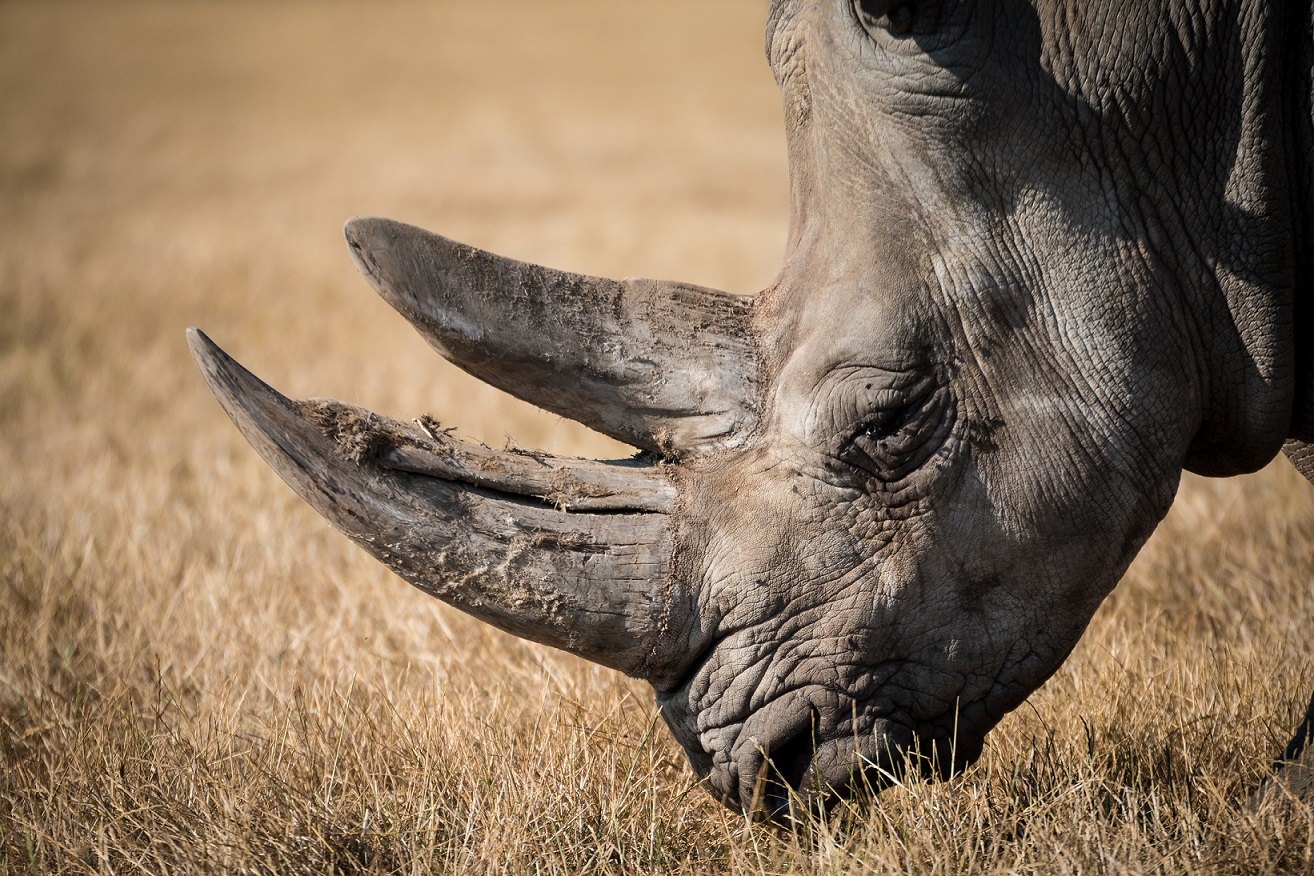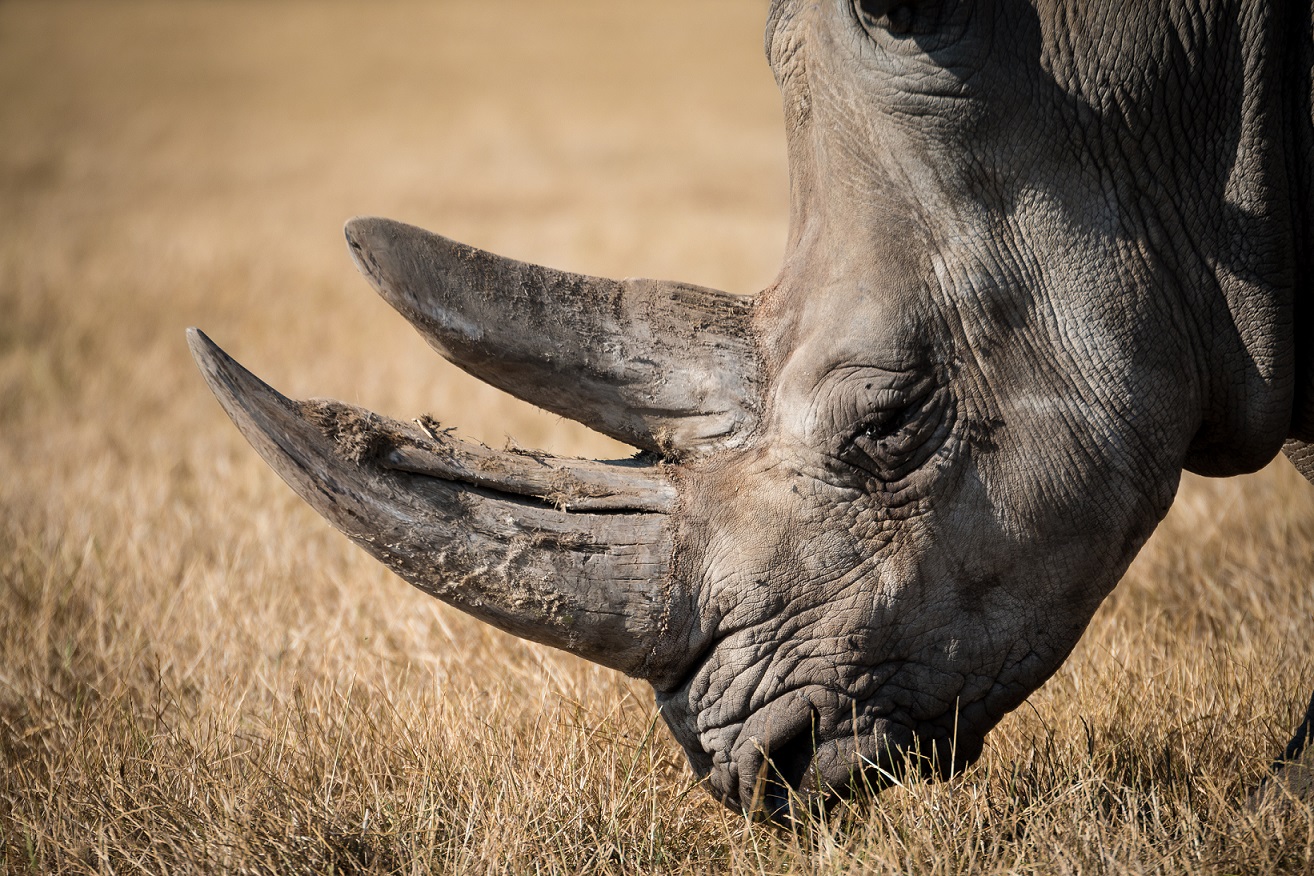Throwback Thursday: From the Vault
This past week, rhino horn trade was legalized in South Africa. Though the Convention on International Trade in Endangered Species of Fauna and Flora (CITES) has banned international rhino horn trade since 1997, individual countries can decide how to handle animal trade that occurs within their own borders, and South Africa did just that.
South Africa is home to the world’s largest rhino population and allowed domestic trade in white rhino horns until 2009. It was then, in response to a rise in poaching, that the government shut down domestic rhino horn trade. Despite both the domestic and international trade bans, rhino horn continued to illegally exchange hands in South Africa. Now, seven years later, internal trade is once again legal.
Contributing even more drama to the rhino horn debate, South Africa is hosting the CITES meeting in September. Last month, the South African environment ministry announced it would not use the opportunity to advocate for lifting the international trade ban on rhino horn, but Swaziland, the tiny country landlocked inside South Africa, submitted a last-minute proposal to CITES to sell rhino horn internationally.
Rhinos are some of the most endangered animals on the planet, and yet the countries that find themselves with rhino populations are taking steps to legalize the trade of rhino horn. Currently, without legal trade, rhinos are being slaughtered at the hands of poachers who hope to sell the horn in Asia where it is revered as a traditional medicine. This is unfortunate because rhino horn is made of keratin, and like a fingernail can regrow if the horn is sawed off, but poachers usually kill the animal and hack off the horn for convenience.
With South Africa’s legalization of domestic trade and Swaziland’s proposal for the legalization of international trade, there is much debate over the impact of horn trade on live rhino populations. Opponents fear that legal trade will only make poachers bolder and rhinos will only be valued for their horns. With legal trade, advocates counter, ranchers can raise rhinos like livestock and can sustainably harvest the horn, using the proceeds from the horn sale to better protect the animals from poachers and provide rhino habitat.
PERC research fellow Michael ‘t Sas-Rolfes is a sustainability economist in South Africa with extensive experience with rhino conservation. In 2013, he offered some insight into how well-regulated trade could save rhinos from the poaching epidemic:
The poaching crisis – and indeed many other conservation problems – is driven by human behavior. To solve such problems we need to come to grips with the incentives driving that behavior and the systems that create those incentives.
Simply put, the way things are set up right now, poachers and illegal traders have much stronger incentives – and more money at their disposal – to kill rhinos than individual rhino owners and custodians have to protect them.
To stop poaching you need to convince poachers that they are very unlikely to succeed in their initial poaching attempt – that it simply won’t be worth it in the first place. The only way you can do that is by lowering the value of their potential initial take (dehorning rhinos and/or reducing the price of horn) and – most critically – having such effective security on the ground that the rhinos are almost impossible to get to.
With legal trade, the owners and custodians would be getting the money – lots of it – that is now all being taken by criminals. With legal trade the owners and custodians would be able to afford better security and have a much stronger incentive to protect and breed their rhinos.
There are many wrong ways to set up legal trade and only one right one. There is still a lot of work to be done on this and everyone needs to be involved, from government agencies to private agents and NGOs.
Just how legal trade, both domestically and internationally, will be managed remains to be seen. However, a sustainable horn harvest and legal, monitored market will make rhinos an asset for those who live with them. As history has shown, it is then, when wildlife is considered an asset, that animal populations are protected. As we face an incredible rhino poaching epidemic, legalizing rhino horn trade is a step in the right direction for saving this iconic animal.




